Growth in Natural Gas Processing
Natural gas processing is another pivotal driver for the molecular sieves market. The increasing reliance on natural gas as a cleaner energy source has led to heightened demand for efficient processing technologies. Molecular sieves are employed to remove water, carbon dioxide, and other contaminants from natural gas, ensuring its purity and quality. As countries strive to transition to more sustainable energy solutions, the natural gas sector is projected to expand significantly. Reports indicate that the natural gas processing segment could contribute to a considerable share of the molecular sieves market, with growth rates potentially reaching 5 to 7% annually over the next few years. This growth underscores the importance of molecular sieves in facilitating cleaner energy production.
Expanding Applications in Healthcare
The healthcare sector is emerging as a vital driver for the molecular sieves market. With the increasing focus on drug purity and safety, molecular sieves are being utilized in various applications, including the production of pharmaceuticals and medical devices. Their ability to selectively adsorb specific molecules makes them invaluable in ensuring the quality of healthcare products. As the healthcare industry continues to expand, driven by an aging population and rising health awareness, the demand for molecular sieves is expected to grow. Market projections suggest that the healthcare segment could account for a notable share of the molecular sieves market, with growth rates potentially reaching 5% annually as manufacturers seek to enhance product safety and efficacy.
Advancements in Adsorption Technology
Technological advancements in adsorption technology are reshaping the molecular sieves market. Innovations in the design and manufacturing of molecular sieves have led to enhanced performance characteristics, such as increased adsorption capacity and selectivity. These advancements enable molecular sieves to cater to a broader range of applications, including air separation, gas drying, and solvent recovery. As industries seek more efficient and cost-effective solutions, the demand for high-performance molecular sieves is expected to rise. Market analysts project that the introduction of next-generation molecular sieves could lead to a market growth rate of approximately 6% annually, reflecting the industry's adaptability to evolving technological landscapes.
Rising Demand in Petrochemical Industry
The petrochemical industry is experiencing a notable surge in demand for molecular sieves, primarily due to their critical role in the purification and separation processes. Molecular sieves are utilized to remove impurities and enhance the quality of petrochemical products, which is essential for meeting stringent regulatory standards. As the petrochemical sector expands, driven by increasing energy needs and the growth of the plastics market, the molecular sieves market is likely to witness substantial growth. Recent estimates suggest that the petrochemical sector could account for a significant portion of the molecular sieves market, potentially exceeding 30% of total demand by 2025. This trend indicates a robust opportunity for manufacturers and suppliers within the molecular sieves market.
Regulatory Compliance and Environmental Standards
The molecular sieves market is significantly influenced by stringent regulatory compliance and environmental standards. Industries are increasingly required to adhere to regulations aimed at reducing emissions and improving product quality. Molecular sieves play a crucial role in meeting these standards by effectively removing contaminants and ensuring the purity of various products. As regulatory frameworks become more rigorous, the demand for molecular sieves is likely to increase, particularly in sectors such as pharmaceuticals, food processing, and petrochemicals. It is estimated that compliance-related demand could drive a growth rate of around 4 to 5% in the molecular sieves market, highlighting the importance of these materials in achieving sustainability goals.
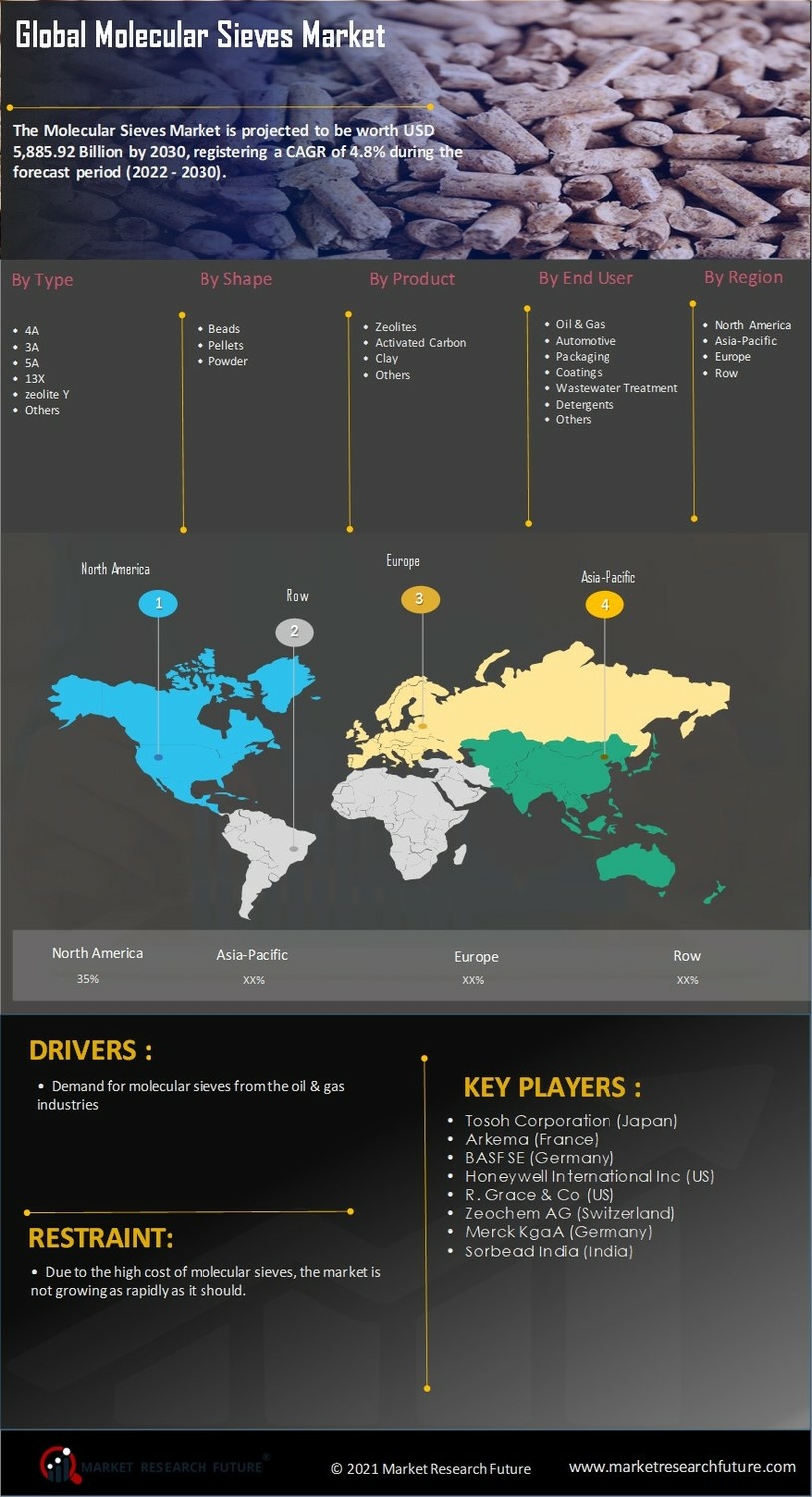

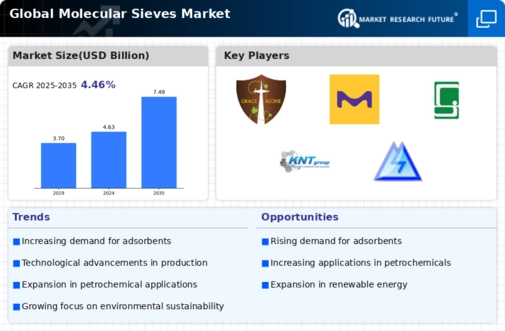
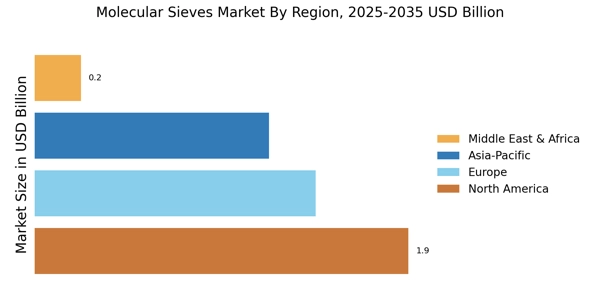
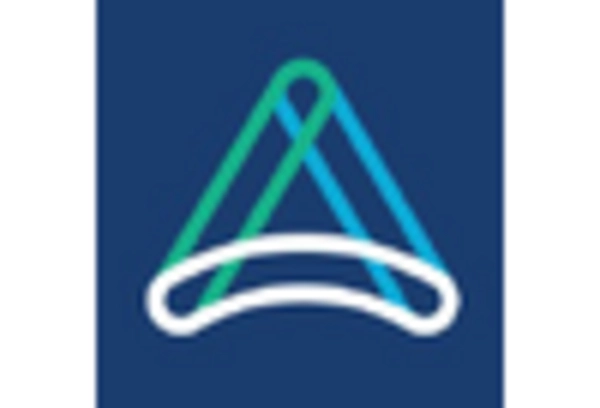

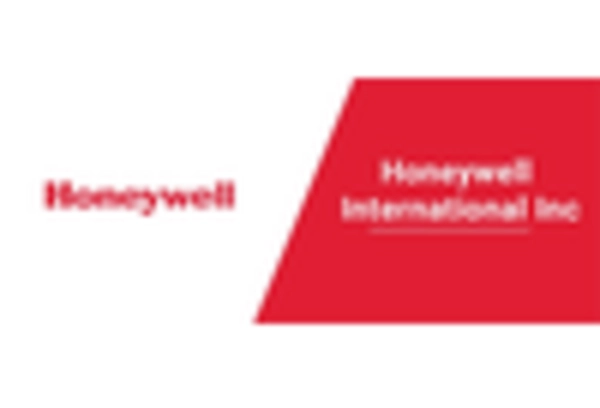
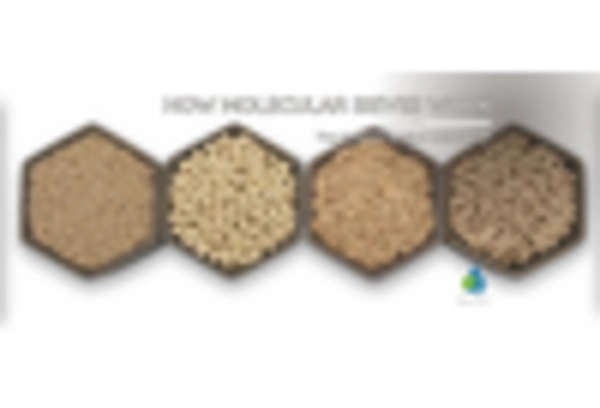
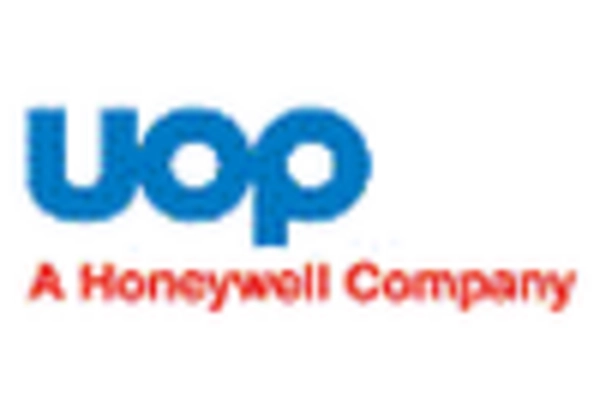
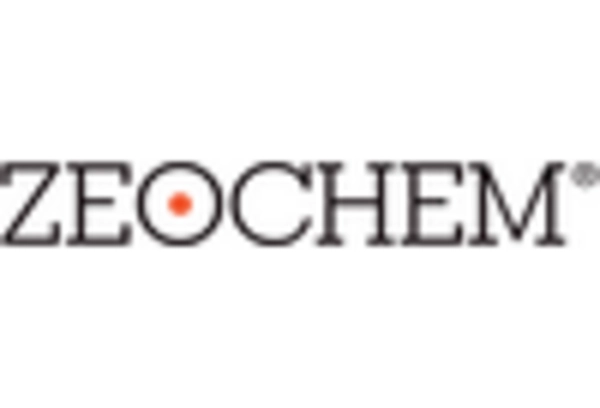








Leave a Comment